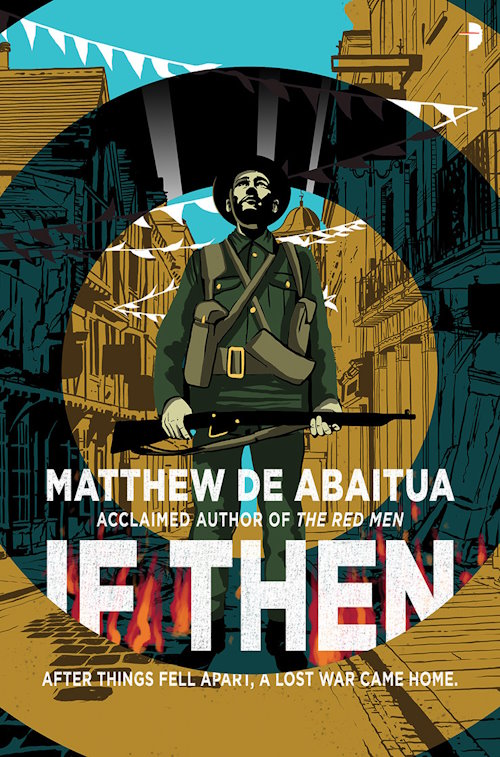
Intro
If you are like me, you enjoy chess as a viewer, people sharing their experiences, games and traps and gambits and drama and all of that at the same time. If you are like me, you are addicted to YouTube. Hi, I am Siderite and I am an addict. Yet even the most manic consumer can't keep up with everything out there, so here is My List @2023 of TOP FUN YouTube channels related to chess.
Now, because I list them, I will have to define what fun means. Of course, it's MY fun. You might enjoy something else.
Also, I am a chess noob, so a channel like GM Daniel Naroditsky's (which in my opinion is the best chess channel out there or close to it) flies right over my head. Plus he makes one hour plus videos. Who has time to watch those at twice the speed?
Also twitch, live streams and all that jazz get really old really fast for me. I don't have the time and availability, plus it's a lot of talk. The amount of useful and/or fun information per unit of time is really low. So no.
What is left are charismatic people who are passionate about chess and present it in a way that is both concise and entertaining. And before I list them, let's all take a moment of silence for vampirechiken - may it rise from the dead - Jonathan Schrantz's personal YouTube channel which until recently has been mainly about chess and then suddenly was not. Zolpi, we miss you!
The contestants
OK, let's name our contestants, in no particular order. Then rank them for fun!
Daniel Naroditsky - GM Daniel Naroditsky is an amazingly smart guy. He is also nice and very articulated. His content is well structured, concise and cleared of unnecessary pauses. And yet he is almost always posting one hour and a half videos! Really great guy.
Eric Rosen - Eric Rosen is a very fun person, while also being reasonable, kind and very talented. This International Master of chess singlehandedly made the Stafford Gambit famous (well, again, after Stafford's YouTube channel lost a lot of viewers). Unfortunately, his video editor was also Jonathan Schrantz and, hopefully coincidentally, but I wouldn't hold my breath, the rate and quality of the videos decreased when that guy quit chess.
GothamChess - Talking of stridency, Levy Rozman's channel is very popular, but I don't watch him often, regardless of how loudly he sacrifices rooks. One of the most famous chess YouTube channels, it features a lot of chess analysis, chess news and something called Guess the ELO where fun is made of low rated players. It has the most click bait titles ever and every video thumbnail is properly a face contorted by an acceptable online emotion like :-O, with glowing eyes and a fire background. Because science, bitch!
Remote Chess Academy - Who is GM Igor Smirnov? He is a very charismatic Ukranian chess Grandmaster who likes to make clickbaity videos about chess traps and openings. The content is often simplified for the low rated players and sometimes it is repeated over multiple videos. Think those horribly titled TOP BEST LIST of anything. Who does that? But the guy is fun. His content, though, is pure monetizable output, nothing personal.
John Bartholomew - You can't think of the Scandinavian opening and not think of International Master John Bartholomew. He had a stint in which he was popularizing the opening (team Scandi!🔥🔥🔥). He is also a very nice guy. His content nowadays, though, is a lot of him playing lower rated players in "rating ladder" videos. But I like the guy.
Hanging Pawns - Stjepan Tomic is a regular chess player. His dream is to become a GM, therefore he plays all of these classical games and does analysis on them. His content is very educative, not always entertaining, yet very personal. I think his own displeasure on losing keeps him from winning a lot of times.
Miodrag Perunovic - The Butcher of chess is a very talented International Master. His videos are mostly theoretical and he presents everything with great certainty. Well, he makes it work, because how am I going to disagree with anything he says? He is entertaining, but also pretty high level.
Adamisko šach - Adam Prikler has one of the most promising channels out there. He invents these crazy gambits and traps and his videos are really fun and funny. They are mostly niche, unknown stuff, so the content is also very educative as well as entertaining. Watch out for this guy, he's going to be big!
Anna Cramling - Anna is the young and beautiful daughter of two grandmasters: Pia Cramling from Sweden and Juan Manuel Bellón López from Spain. She's fun, creating popular content, but I feel she is more focused on the popularity than the chess. She is very natural, though, and I like watching her personal story videos.
BotezLive - Alexandra and Andreea Botez are two famous chess playing sisters of Romanian origin. Unfortunately, poor Alexandra somehow managed to have her name associated with hanging queens. It's called the Botez gambit, while not being a gambit at all, just a horrible blunder. Still, even bad publicity is publicity. I don't really watch them. They are cute, but the content is often live and with a lot of dialogue and loud stuff. Very watched channel, though.
Dina Belenkaya - Do not mess with Dina. She is part Russian, part Israeli. A WGM, she is partly fun, partly annoying with her focus on over the board banter. Her content is also focused on popularity, mostly over the board games all over the world.
IM Alex Banzea - Alex is a Romanian YouTuber. He has all kinds of stuff: theory, own games, rating climbs. He is good, but I don't watch him much.
kingscrusher - Tryfon Gavriel is a British CM and total chess enthusiast. If YouTube would be a kingdom, Kingscrusher would be old school royal family. He has been around for a long time and he loves chess. His videos are usually game analysis.
GM Huschenbeth - Niclas Huschenbeth is a German GM. His channel is in German. I don't watch him much now, but I used to when he first started. His content is about a lot of things, but pretty high level.
GMHikaru - Hikaru who? I like Nakamura as a person, but I don't really enjoy his channel style. It's mostly live, Twitch like stuff, only recorded for YouTube. Obviously one of the best players in the world, but still making accessible content.
FM William Graif - FIDE Master Will Graif is a young passionate gambiteer and his videos are usually short and entertaining. A proponent of gambits like the Von Popiel and Busch Gass gambits, he is a very smart player.
ChessNetwork - No one knows who Jerry actually is. He spends all day playing chess and creating videos on YouTube. Another true passionate of the game. His content is extremely informative and intelligent, but a bit high level.
PowerPlayChess - GM Daniel King is obviously strong, but also very articulate and seems very nice. His channel features a lot of detailed chess game analysis and puzzles, as well. I like him.
Volclus - Who is Volclus, or - how I like to call him - "the son of Jerry"? No one knows. He seems like another YouTuber mining for content, but oh boy the work he puts into some of these videos. Have you seen the 11 hours video of all gambits? He made it. And he's rather fun as well.
ChessGeek - This is another young guy on a YouTube channel, but his content is very high value, especially in terms of theory, pawn structures, openings and so on. I like the clear enunciation and obviously the theoretical stuff, but it's pretty over the top. It takes work to get all that.
GingerGM - Grandmaster Simon Williams is a strange beast. He is funny, he is charismatic, he is obviously good at chess, but he is still in the shadows of YouTube, even if most people have heard of him in the community. His content is mostly his own games and speedruns, but also some course material.
GMNeiksans Chess - Grandmaster Arturs Neiksans is a Latvian grandmaster with awesome skill. He is also very nice and his content is really high quality. Unfortunately, it is also often long form and high level. He stopped making videos on YouTube about six months ago, so I don't know if he'll ever restart.
I guess I could go on a bit, but I don't really watch all of these channels and googling for others that I don't know would just eat away all my off screen time. It's time for the ranking! Do I have an objective algorithm for ranking these? Hell, no! I said it was all about fun. If someone could quantify fun they would be rich. I... am not rich.
The results
So here is a list of the channels I watch most and enjoy the most:
Honorable mention: kingscrusher - he is an amazingly nice guy and his knowledge of chess just pours out of him. I just don't watch his channel that much.
Fifth place: Anna Cramling - I wish Anna luck on her chess career and I like her energy and root for her to become better.
Fourth place: Remote Chess Academy - OK, Igor's like the KFC of chess content creators, but those buckets of traps are delicious. Yumm!
Third place: Adamisko šach - I can't admire enough the effort put in the videos as well as in the research, and then only presented with so much gusto. And that evil laughter, man!
Second place: Eric Rosen - I used to watch all of his videos as soon as they came out, but as I said, the quality and frequency have gone down a bit. Otherwise he would have probably been the first.
And the winner is... FM William Graif - I am having so much fun watching him play the gambits and being so cavalier about it. He knows so much and yet he plays with so much joy.
Final words
Please leave a comment with what you like to watch. I am always curious to find new interesting and passionate people.
Have fun!














